February is a carnival time in Goa, as I have mentioned a few times over the years. The carnival euphoria in Goa during Viva Carnival can be seen in the carnival parades on four different days in four different cities. The carnival cities are most often Mapusa in North Goa, Panjim and Vasco in Central Goa and Margao in South Goa.
I blogged about the Viva Carnival -event for the first time in 2006 with authentic Nokia mobile pictures and you can still see those carnival pictures in the linked post.
As I recall, the same year 2006 I had also filmed a huge carnival parade in Panjim with a film camera, but because of some misfortune with my travels I lost all those stunning carnival images with the camera film roll.
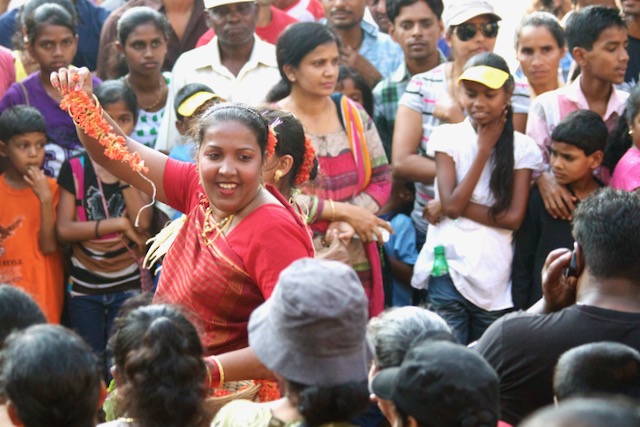
In 2013 I again posted fresh carnival pictures from Goa and now, seven years later, it’s finally time for the video. You can watch the full 20 minute carnival video here!
The video shows how local children, young people and adults have gathered along the streets in Margao to watch the carnival parade including traditional fishermen and farmers from Goa with their respective outfits and also Goan folk dancers. In addition one can see for example young people demonstrating on behalf of local farmers, tiger protesting on behalf of Goa’s nature, local sex education, men dressed as oriental women, Smurfs, Indian and European cartoon characters and young girls and boys dancing with each other.
From this video I made you will get a little glance of what the carnival in Goa, India, looked like in February 2013:
Viva Carnival in Goa: A Symphony of Culture, Colors, and Community Spirit
Each year, the western coastal state of Goa in India plays host to an iconic festival that epitomizes its multicultural ethos and rich colonial heritage. Known as “Viva Carnival,” this four-day extravaganza goes beyond mere celebration—it’s a social institution, a tour de force of community spirit, and a manifestation of Goa’s dynamic cultural tapestry.
Historical Roots
Tracing its origins back to the Portuguese rule, which lasted for more than four centuries in Goa, Viva Carnival is essentially a pre-Lenten festival. Over the years, the event has undergone significant transformations, moving from a small community celebration to a large-scale, inclusive affair that transcends religious boundaries.
The Festive Palette
Grand Parades
Viva Carnival is synonymous with grand parades, where an array of vibrant floats traverse the main streets of Goa’s major cities. The most famous and largest parades generally take place in the state capital of Panaji (Panjim). Other major parades happen in cities like Margao, Mapusa and Vasco da Gama. Each city brings its unique flair and themes to the celebration, making it a state-wide event that captivates both locals and tourists. The parades serve as a canvas for creativity, depicting themes ranging from Goan folklore to contemporary social issues. Adorned with flowers, lights and effigies, these floats are the lifeblood of the Carnival, encapsulating the imagination and ingenuity of the local populace.
The King Momo Tradition
One of the central elements of the Viva Carnival is the presence of King Momo, a ceremonial figure who officially declares the commencement of the festivities. Chosen from the local community, King Momo symbolizes the egalitarian spirit of the Carnival and serves as a rallying point for collective celebration.
Music and Dance
Melody and rhythm are at the heart of Viva Carnival. The streets come alive with the resonant beats of drums, the soulful melodies, and the mesmerizing cadence of traditional songs. Dancers clad in resplendent costumes sashay to the tunes of everything from the high-energy Konkani folk songs to Bollywood tunes, creating a captivating audio-visual spectacle.
Social and Cultural Implications of Viva Carnival
What sets Viva Carnival apart from other regional celebrations is its open-door policy. It warmly embraces both locals and tourists, allowing everyone to participate in the revelry. Moreover, it acts as a catalyst for social cohesion, integrating diverse groups under the umbrella of shared enjoyment and cultural exchange.
The Essence of Euphoria
The spirit of euphoria that envelops Viva Carnival is almost palpable. It is this overwhelming sense of happiness and unity that transforms it from a mere event into an enduring tradition. For those magical four days, all differences are set aside, and what remains is a community united in its quest for joy and celebration.
For travelers, culture enthusiasts, and festival-goers alike, Viva Carnival offers an unparalleled insight into the collective psyche of Goa—a place where traditions are not just preserved but are vibrantly alive.
Check out also my updated visual travel guide INDIVUE – Trip to Goa!

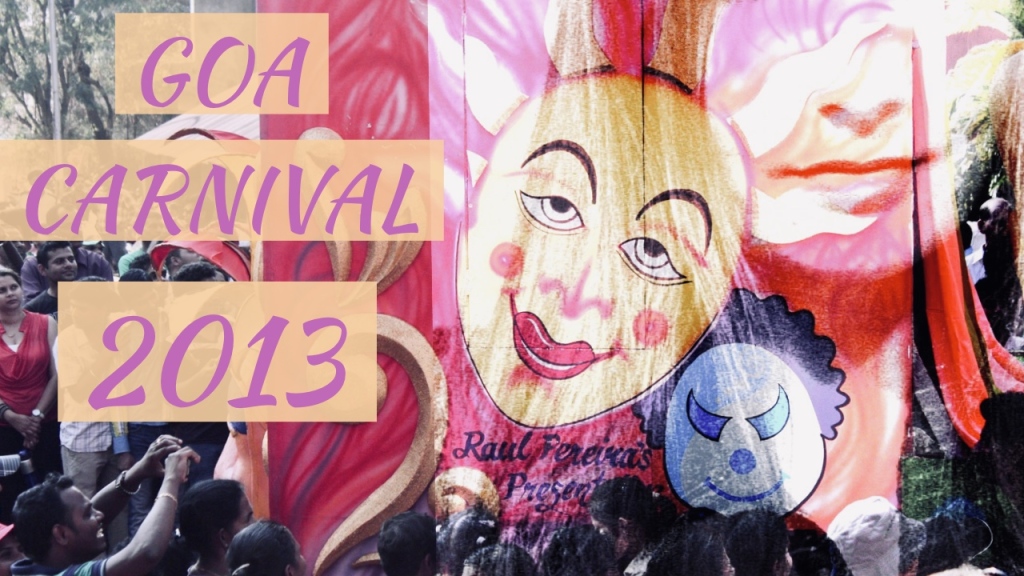

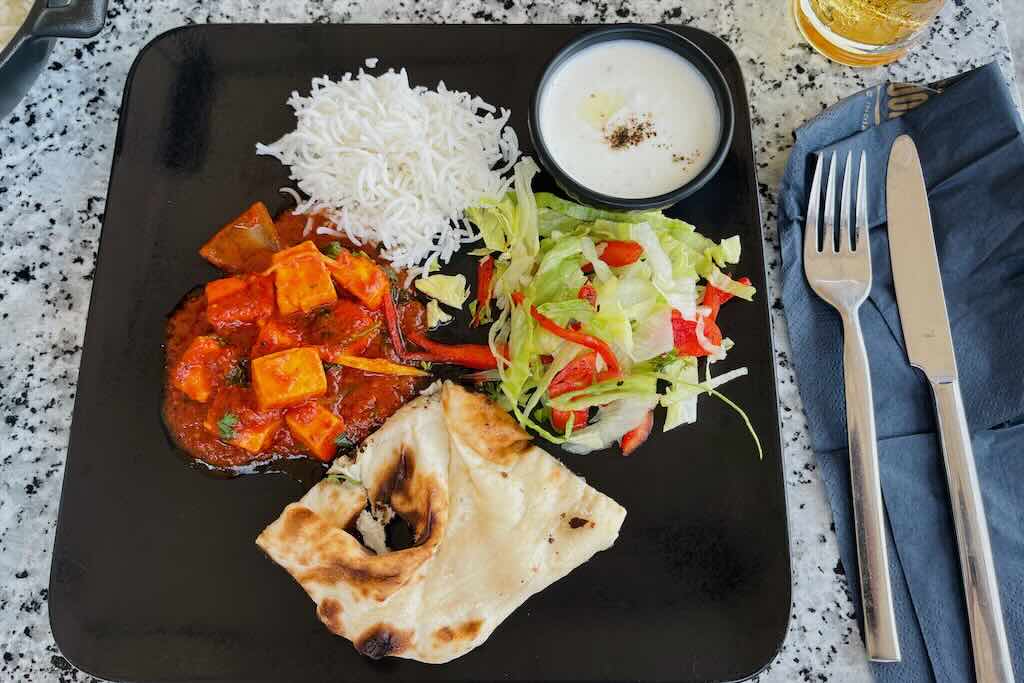
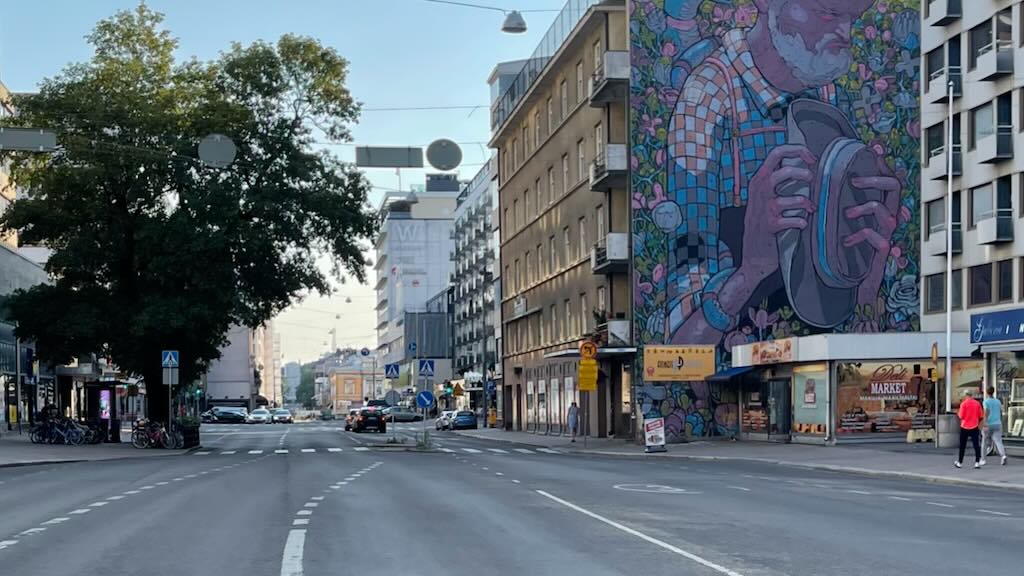
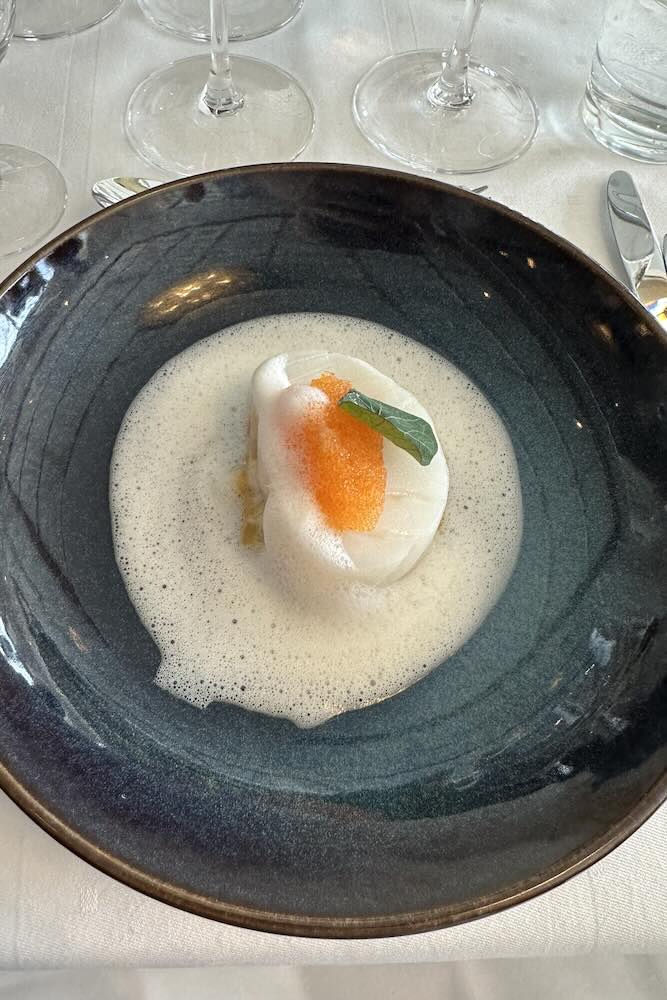
Leave a comment